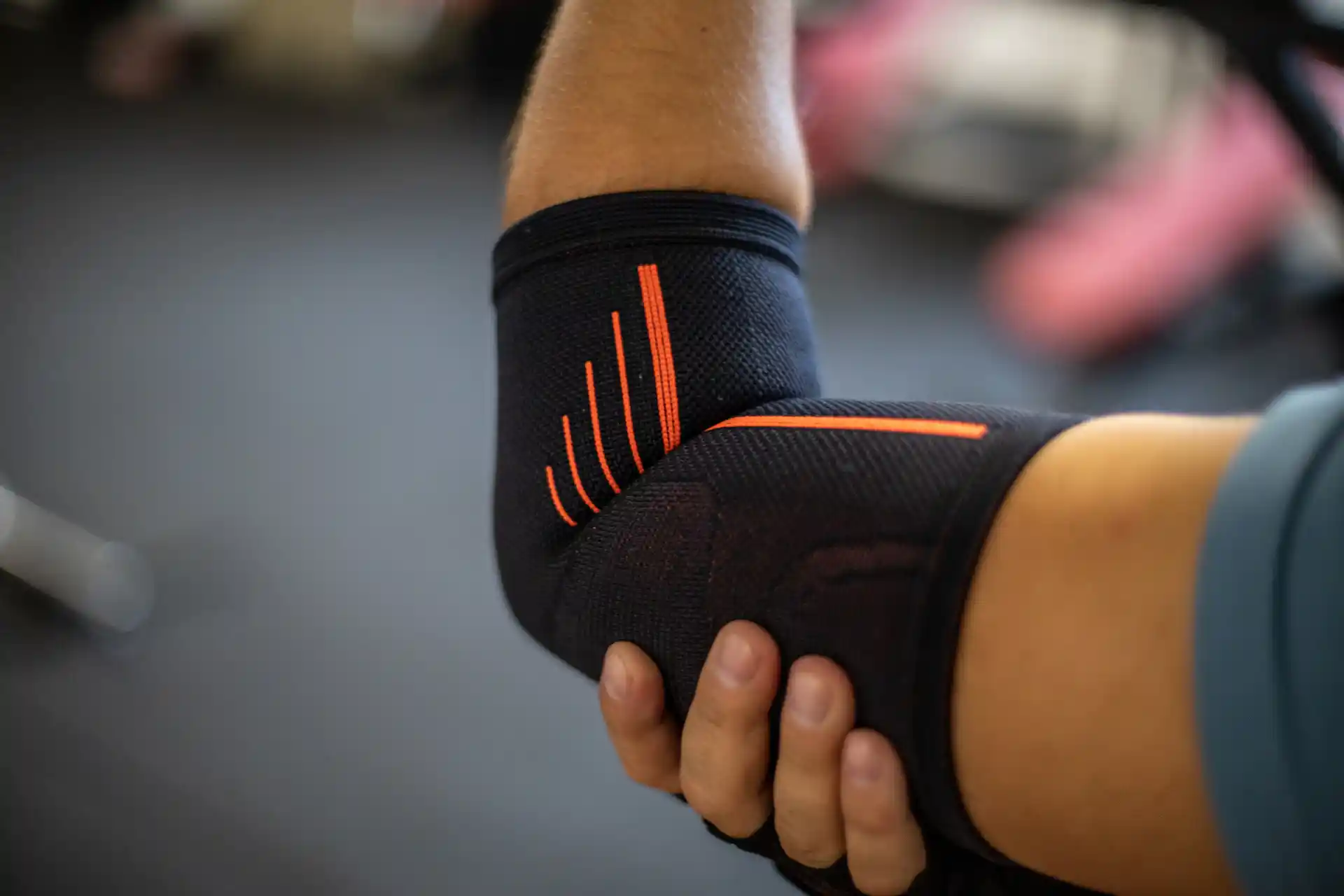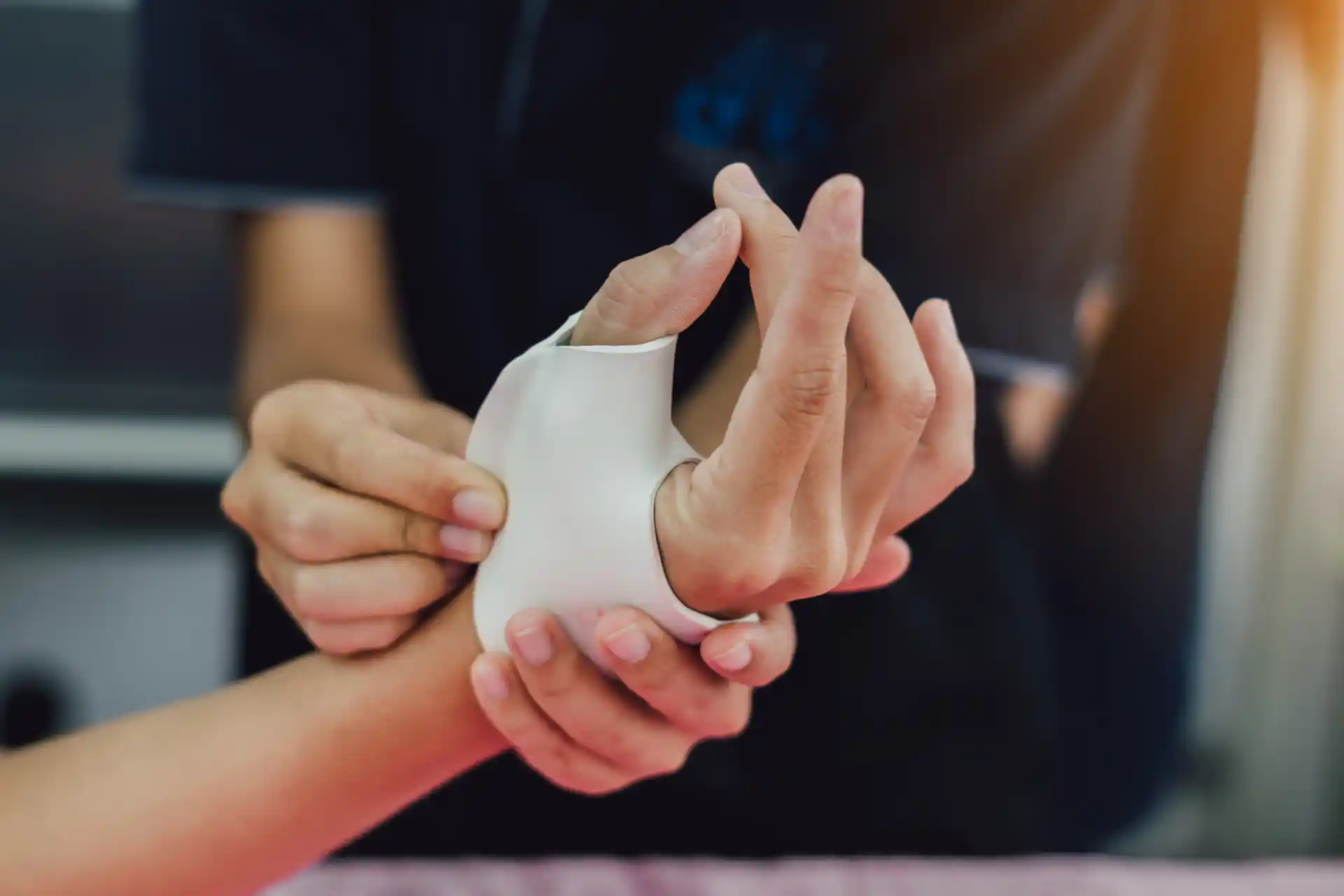Introduction
Diabetic neuropathy is a form of nerve damage linked to high blood sugar over time. This condition can potentially impact the feet, legs, and other parts of the body.
The good news is that controlling your blood sugar and making mindful lifestyle choices can help prevent, slow, or even lessen these symptoms. The American Diabetes Association highlight how consistent care can significantly reduce your risk of nerve-related complications.
This page will give you practical knowledge and point you toward helpful strategies so that you can keep living well, one day at a time.
Understand Diabetic Neuropathy
The Basics Of This Condition
Diabetic neuropathy affects around half of all people living with diabetes after many years of elevated blood sugar.
About 50% of people with diabetes may experience peripheral neuropathy, while more than 30% develop autonomic neuropathy (Cleveland Clinic).
Researchers believe that high blood sugar damages the nerves and the tiny blood vessels that supply them with oxygen. As this damage builds, it interferes with how signals travel between your brain and the rest of your body.
This disruption can lead to numbness, pain, digestive issues, and more. Prevention hinges on managing blood sugar consistently, staying active, and taking care of your body.
Why Blood Sugar Matters
When you keep your blood sugar levels in a safe range, you minimize harmful spikes that stress and injure nerve cells. Over time, high glucose weakens the structural walls of capillaries, limiting blood flow and nutrients that your nerves need.
In simpler terms, balanced sugar levels help oxygen-rich blood reach your nerves consistently, keeping them healthier.
Some studies indicate that maintaining an A1C under 7% for at least three years can significantly reduce your risk of developing nerve damage, often measured when your average blood sugar is driven closer to 154 mg/dL (Cleveland Clinic).
By monitoring your daily glucose readings and working with your healthcare provider on a management plan, you create a strong foundation for controlling or preventing diabetic neuropathy.
Spot Common Symptoms
When diabetic neuropathy targets the feet, symptoms can be easy to miss at first. You might feel a subtle buzz or a gentle tingling in your toes, or you could experience persistent burning or sharp cramps that wake you from sleep.
While the sensations may seem mild, they can grow over time and reduce your ability to feel texture or temperature. This lack of sensation may leave you vulnerable to unnoticed blisters or injuries.
Here are typical signs you might see with diabetic neuropathy:
- Numbness or tingling in your feet or hands
- Burning or shooting pain
- Weakened muscles or balance issues
- Increased sensitivity to touch
If any of these resonate with you, consider reaching out to a healthcare provider, and keep an eye on any foot injuries you do not feel right away.
In addition, if you notice persistent tingling in hands and feet, it is wise to schedule a check-in to catch issues early.
To learn more conditions that can arise from nerve damage or dysfunction, check out our articles on median nerve compression, plantar fasciitis, and rheumatoid arthritis.
Focus On Prevention And Management
Control Blood Sugar Consistently
Keeping your A1C in a healthy range is the most effective step toward preventing diabetic neuropathy from advancing.
Any improvements made now that lowers your overall average blood sugar can lessen existing symptoms within about a year. Work with your medical team to find the right balance of medication, diet, and exercise.
Small shifts can add up, and every bit of progress protects your nerves further.
Adopt Healthy Habits
Lifestyle changes go hand in hand with medication for effective nerve protection. A few ways to start:
- Move Daily: Gentle activity like walking or swimming increases blood flow to the extremities.
- Choose Nutrient-Dense Foods: Vegetables, lean proteins, and whole grains keep blood sugar stable.
- Maintain A Healthy Weight: Shedding even a few pounds can reduce the strain on your nerves.
- Limit Smoking And Alcohol: Both can further restrict blood flow, making nerve damage worse.
Sticking to these habits often lowers blood sugar variability, which is crucial for your long-term nerve function.
Good news, this approach also enhances your overall health, giving you more energy and resilience.
Medical Therapies
Treatment for diabetic neuropathy is very personal. You and your healthcare provider might discuss medications designed to reduce nerve pain or stabilize your blood sugar.
Examples include certain antidepressants and anti-seizure drugs that can soothe nerve discomfort, as well as topical creams that address localized pain.
Because neuropathy pain can start slowly and escalate, beginning treatments early can help keep the discomfort manageable.
Some pain medications can cause side effects, so clear communication with your doctor is essential to fine-tune your regimen.
For further guidance, you can look into neuropathy treatment approaches that explore emerging therapies, including nerve stimulation devices or nutritional supplements. While not all options work for everyone, these therapies may complement conventional medical care.
Check Your Feet Regularly
Foot checks might sound straightforward, but they are fundamental to avoiding serious complications.
Peripheral neuropathy—and the numbness it brings—can mask foot ulcers, blisters, or injuries.
Examine your feet every day. Look for redness, broken skin, or swelling. Pay extra attention to the spaces between your toes. If you spot a problem or have foot pain that does not clear up, contact your doctor.
You might even consider pairing these checkups with regular visits to a foot care specialist.
Consistent attention is one of the best ways to avoid complications like infection or slow-healing wounds.
Find Your Next Steps
Living well with diabetic neuropathy calls for regular monitoring, open dialogue with health professionals, and targeted self-care.
Although it can feel overwhelming to juggle multiple doctor visits, home treatments, and lifestyle changes, a step-by-step approach is usually more sustainable:
- Check in with your healthcare provider for personalized blood sugar targets.
- Get screened for neuropathy yearly, especially if you have had diabetes for a while.
- Adopt healthy daily habits—exercise, balanced meals, and routine foot checks.
- Explore medication or therapy options if nerve pain or other symptoms interfere with your comfort.
Each person’s path will look a little different, but you are not alone in this. By staying informed, you can advocate for your health and get the resources you need to manage your condition effectively.
Keep an eye out for any small improvements—maybe your feet tingle less or your blood sugar readings trend downward. These mini-successes often add up to a greater sense of control and well-being.
Seek RELIEF®
RELIEF® is a science-backed treatment that targets dysfunctional fascia, which may contribute to nerve irritation and peripheral neuropathy.
Using a gentle technique called hydrodissection, RELIEF® releases adhered fascia and soft tissue that can press on nerves—helping reduce tingling, burning, numbness, and pain associated with peripheral neuropathy.1-7
RELIEF® is a minimally invasive alternative to traditional treatments and does not require steroids, long-term medication, surgery, anesthesia, or post-procedure immobilization.
If you’re in the Miami area and seeking relief from peripheral neuropathy, contact us today to schedule a consultation.





.webp)
.svg)